Composters
During the summer of 2010, I converted two half-ton capacity mechanical tumble-composters to run autonomously on solar power.
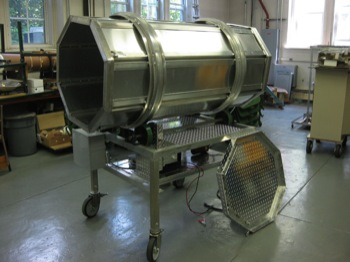
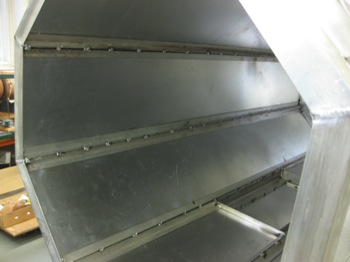
Left: one of the two units before any modifications. Right: the interior of the composting chamber.
The composting chamber's walls were constructed of welded Aluminum sheets and plates that sandwiched foam insulation to keep temperatures in the chamber high. The original units had nominally been "converted" to run on solar power. What this actually was that the manufacturer had just added an inverter to their AC system to allow it to receive DC from a solar panel. Inverters are only about 80% efficient in the conversion from DC to AC and are a nightmare for trickle-charge solar systems because of the constant drain of the inverter's cooling fans. I replaced all AC components with DC alternatives to make the system more efficient.
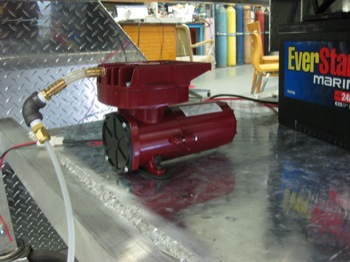
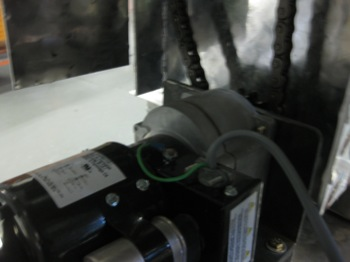
Left: the air pump. Right: the DC gearmotor.
To facilitate rapid decomposition of organic matter via aerobic digestion by a host of bacteria, fungi, and molds, an air pump forced air into the chamber during tumbling to aerate the compost and accelerate the composting process.
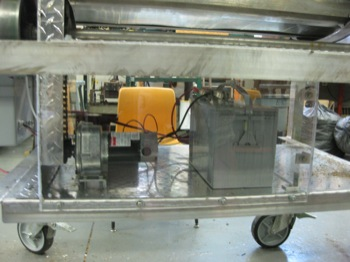
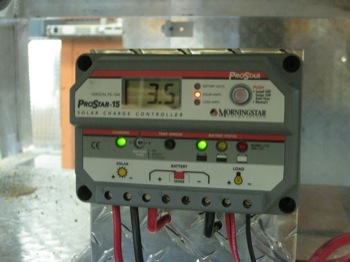
Left: plexiglass enclosure. Right: solar charge-controller.
A trickle-charged battery provided a buffer to allow the composters to run on cloudy days and through the night. A solar charge-controller monitored the battery's charge and regulated input from the solar panel.
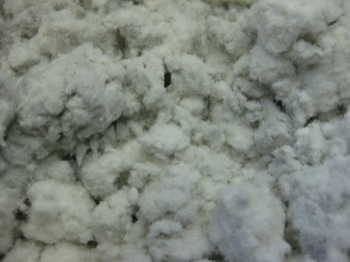
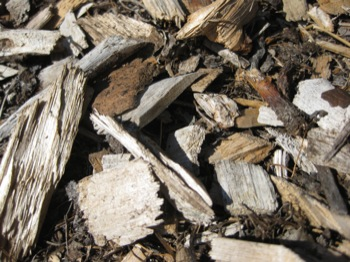
Left: paper dust. Right: wood chips.
Paper dust form a local toilet paper factory and wood chips provided a Carbon source. Coffee chaff and fruit and vegetable scraps provided a Nitrogen source.
blog comments powered by Disqus